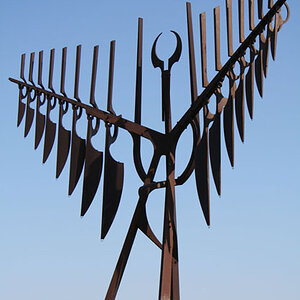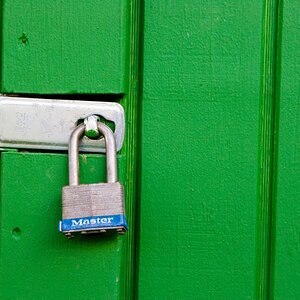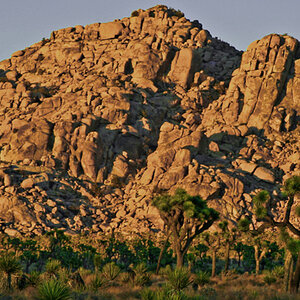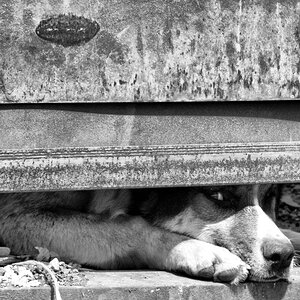NedM
No longer a newbie, moving up!
- Joined
- Jan 6, 2014
- Messages
- 390
- Reaction score
- 64
- Location
- USA
- Can others edit my Photos
- Photos OK to edit
I may sound like a complete noob but don't get me wrong I understand the aperture quite well.
It's just sometimes whenever I'm watching videos on photography or when I hear someone say, "For this next scene, we are going to have to adjust our aperture a stop up or down."
The said person then adjusts his f/number, oh lets say from, f/5.6 to f/8.
That's when I'm caughtoff guard because I have no clue how much a stop up/down is!?
Or... Do I have this all wrong and whenever you're changing the aperture either higher or lower the term for that is just stopping up/down?
Please elaborate!
I do also see this whenever someone is also talking about the shutter speed as well!
Where can I learn more about this?
It's just sometimes whenever I'm watching videos on photography or when I hear someone say, "For this next scene, we are going to have to adjust our aperture a stop up or down."
The said person then adjusts his f/number, oh lets say from, f/5.6 to f/8.
That's when I'm caughtoff guard because I have no clue how much a stop up/down is!?
Or... Do I have this all wrong and whenever you're changing the aperture either higher or lower the term for that is just stopping up/down?
Please elaborate!
I do also see this whenever someone is also talking about the shutter speed as well!
Where can I learn more about this?


![[No title]](/data/xfmg/thumbnail/39/39497-93752210dd49247220721e5ac8c61245.jpg?1619739055)
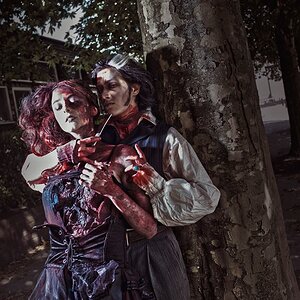

![[No title]](/data/xfmg/thumbnail/33/33023-51777cffdd160249e68e593d19942418.jpg?1619735835)
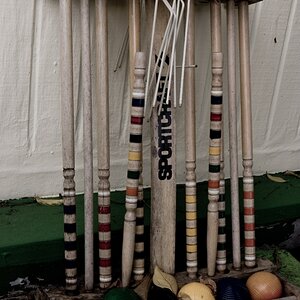
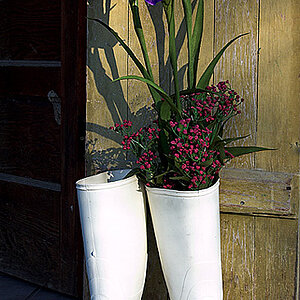
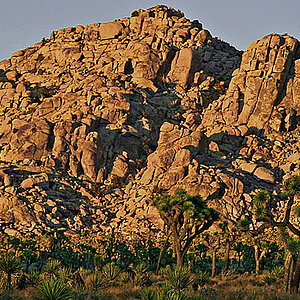
![[No title]](/data/xfmg/thumbnail/34/34121-bdee2cb53518626b080a38730454dd5b.jpg?1619736291)
